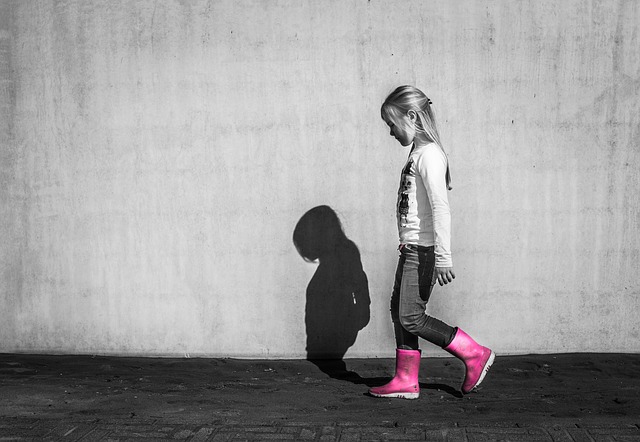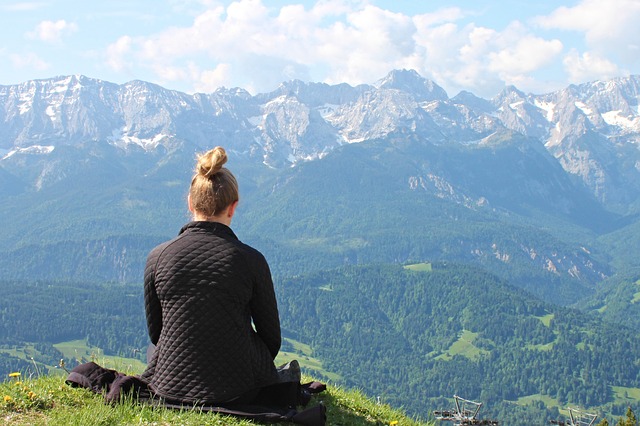We have explored the R.A.I.N. meditation process in a preliminary manner. Now we will look at how R.A.I.N. can help us deal with those deep-seated fears that take control of us, reduce our capacity to live life fully and prevent us from showing others loving kindness.
The disabling effects of fear and anxiety
Jaak Panksepp, author of Affective Neuroscience, discovered that young rats who had played and frolicked together became totally inhibited when a piece of cat’s hair was introduced into their cage – creating an immediate fear response and disabling anxiety. Jaak believed that in-depth insight into the behaviour of animals helped us to better understand human emotions.
Anna Steinhenge explored whether fear and the associated anxiety induced a similar inhibiting effect in humans. She found that in competitive situations where people viewed the outcome with positive anticipation, they were readily able to access clear thinking and creativity; in contrast, where people were anxious about the outcome, their creativity and critical faculties were impeded, and they tended to engage in cheating or unethical behaviour to win. One only has to look at the behaviour of the leadership group in the Australian Cricket team during the third test in South Africa to confirm this perspective – they were anxious that they could not win the third test, when the score was tied at one test each, so they engaged in ball tampering.
Using the R.A.I.N. meditation process to face and conquer the fear within
Recognise the fear
The first step is to recognise the fear for what it is – to face it fully, understand how it impacts our body and impedes our mind. Avoiding facing the fear only makes it stronger and weakens our capacity to manage the fear and its disabling effects.
Kayakers, for example, have shown that when caught up in a whirlpool that is sucking them deeper into the water, they need to relax and go with the direction of the sucking force, rather than fighting the whirlpool which only saps their strength. They need to go to the bottom of the whirlpool to survive. So too with fear, we need to access the depths of the fear itself before we can be freed from its inhibiting effects.
Accepting the existence of fear
We need to accept that the fear is part of our life but learn how to gradually disassociate from it so that we are not identified with it. Tara Brach tells the story of a woman suffering from PTSD who, while sitting on a park bench, envisaged her fear beside her while she continued to explore her connectedness to nature – to the birds, flowers and trees surrounding her.
Investigating our fear
Tara suggests that we explore the nature of our fear and even question what it is like, where it lies within us, how deep and dense it is. She suggests that we explore our relationship with fear and determine what fear is expecting of us and how we want to relate to our fear. We could question where fear resides in our body and how it manifests itself through pain and physical disturbance – headaches, muscle soreness, cramps, twitching or shaking.
Nurturing ourselves through fear
Trying to discount fear by purely rational processes will not remove the fear but only make it go underground, away from our consciousness. We need to see the fear for what it is in all its manifestations but treat ourselves with kindness. This may mean pulling away temporarily from facing our fear and its intensity to rebuild our resources and strengthen our resolve. This is a gentle way to treat ourselves if we become overwhelmed when facing the depth of our fear. After rebuilding our resources, we can resume the P.A.I.N. meditation process by again grounding our body and mind through mindful breathing.
Plumbing the depths
Tara Brach suggests that the P.A.I.N. meditation process can be employed to handle any deeply-felt, negative emotion such as grief, anguish or self-disgust, as well as fear. In the course on the Power of Awareness, Tara discussed Leaning into Fear and highlighted the process of facing fear by quoting David Whyte’s poem, The Well of Grief, which also uses the analogy of “plumbing the depths”:
Those who will not slip beneath
the still surface on the well of grief,
turning down through its black water
to the place we cannot breathe,
will never know the source from which we drink,
the secret water, cold and clear,
nor find in the darkness glimmering,
the small round coins,
thrown by those who wished for something else.
As we grow in mindfulness through the P.A.I.N. meditation process, we develop the courage to plumb the depths of our fear and enable ourselves to be free of its inhibitions and disabling effects. This process of inner exploration will gradually unearth the depths of our internal resources and capacity to handle deeply-felt emotions such as fear and grief.
By Ron Passfield – Copyright (Creative Commons license, Attribution–Non Commercial–No Derivatives)
Image source: courtesy of AdinaVoicu on Pixabay
Disclosure: If you purchase a product through this site, I may earn a commission which will help to pay for the site, the associated Meetup group and the resources to support the blog.











